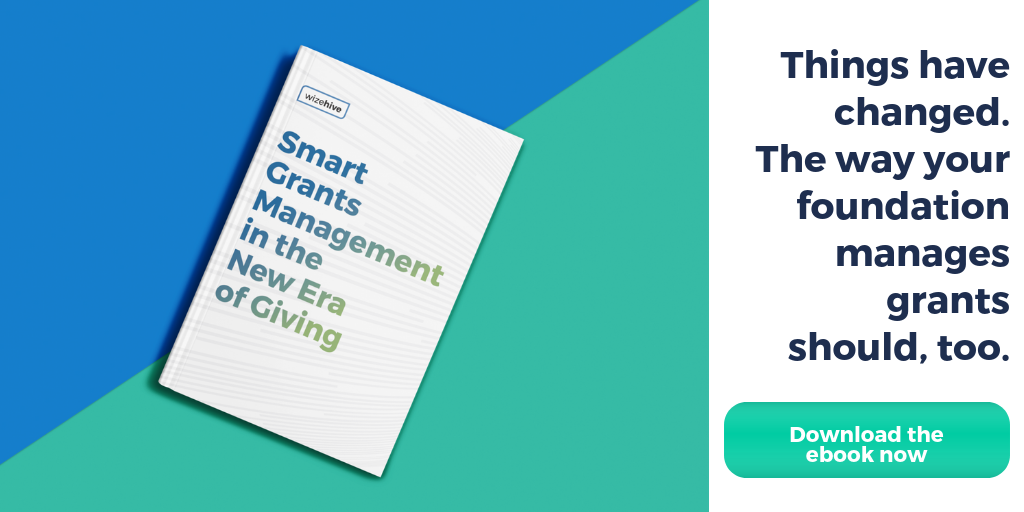The racial reckoning of 2020 layered with the Covid-19 crisis has put new (and much needed) emphasis on issues of diversity, equity, and inclusion (DEI) in the workplace. According to Porter Novelli’s 2020 Executive Purpose Study, 76% of executives acknowledge the role of business in perpetuating systemic racial inequality and are committing to action now more than ever.
To achieve that action, these C-suite executives are turning to their CSR and social impact teams for answers to the questions, “What are we doing to advance DEI issues?” and “How can we achieve a greater impact?”.
One often-overlooked area where bias and discrimination can lurk if you’re not vigilant are your company’s internal processes, including standard applications for scholarships and grants.
If your corporate social impact programs involve these types of applications, here’s a starting list of considerations to ensure your process embeds equity into every step (check out Part II for the rest of the list!).
Creating Your Application
- Keep language simple – Use simple language to ensure clarity, particularly for new applicants. Microsoft Word can help you determine readability.
- Remove or explain buzzwords – Define all organizational lingo or acronyms so that anyone can follow your application prompts, regardless of experience level.
- Pare back your application to basic information needs –Which application data points are “nice to know” instead of essential for your determinations? Recognize that not all applicants have the same access to meeting your “wants”. Focus instead on your “needs”.
- Ensure an ADA-friendly application experience – When it comes to equitable grantmaking, ADA-friendly applications are a must. Without them, applicants with disabilities may not have proper access.
- Conduct user testing – Ask representatives of your target demographic groups to complete the application and point out anything that’s unclear.
Designing The Application Process
- Allow to save and return – Choose software that creates a user account, so applicants can return any time and aren’t rushed through your process and can seek assistance if needed.
- Create a qualifying quiz – Ask a few questions first to confirm the applicant is qualified before asking them to complete an entire application.
- Enable integrations – Look for ways to reduce data entry. For example, see if your online application can link to popular apps like Google Drive, OneDrive, or Dropbox.
- Provide application assistance – For some individuals, this may be the first time they’ve applied for a grant or scholarship. By making application assistance available, you help provide a more equitable experience.
- Consider translation options – Some software may enable an application translation feature, which may make it easier for applicants whose first language is not English.
But that’s not all! Read Part II of this list covering how to:
- Ensure An Equitable Review Process
- Encourage A Diverse Applicant Pool
In the meantime, if you need help thinking through your corporate grantmaking or scholarship program through an equity lens reach out to schedule your personal demo today.
